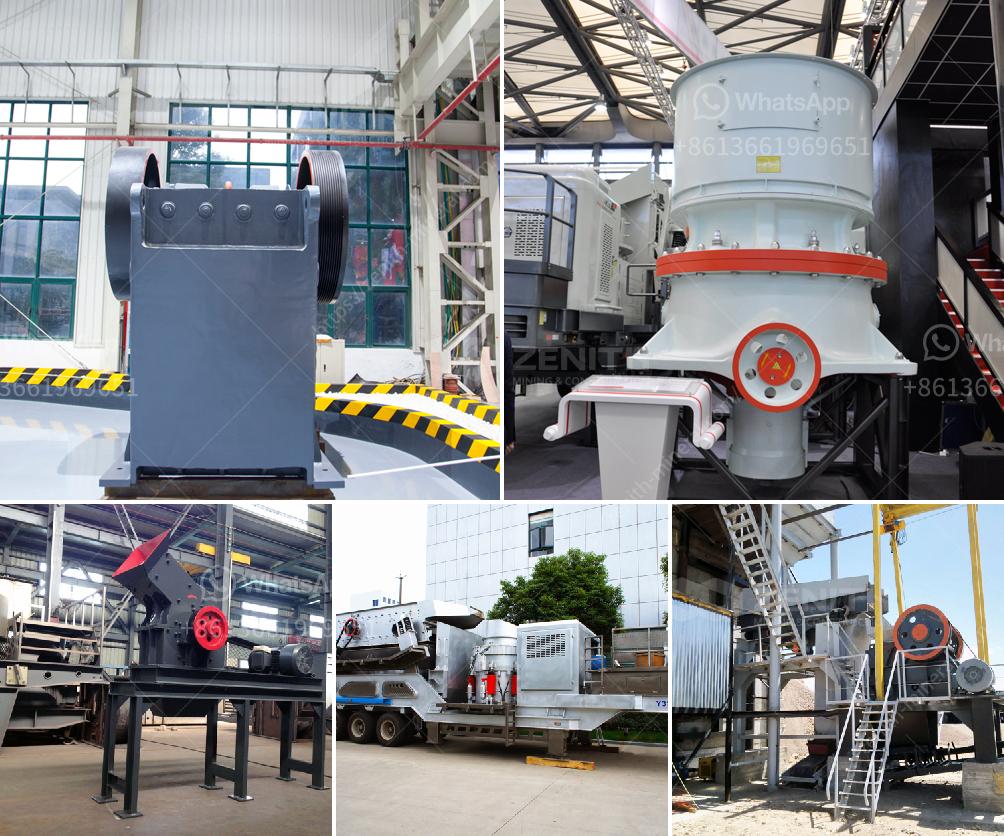Coal mines primarily extract coal, but they can also contain various ore and vein minerals. Some common examples include:
Pyrite (FeS₂): Often found in coal seams, pyrite is commonly associated with coal mining. It can occur in various forms, including veins, nodules, and disseminations throughout the coal.
Calcite (CaCO₃): This mineral can form veins within coal mines, often as a result of hydrothermal activity. It appears as white, crystalline structures.
Gypsum (CaSO₄·2H₂O): Found in association with coal seams, gypsum often appears in vein or nodule form.
Siderite (FeCO₃): This iron carbonate mineral can occur in coal seams and is sometimes mined as an iron ore.
Quartz (SiO₂): Veins of quartz can be found in coal mines, usually appearing as clear or white crystalline formations.
Marcasite (FeS₂): Similar to pyrite, marcasite can also be found in coal seams and is often indistinguishable from pyrite without detailed analysis.
These minerals can have both economic significance and environmental impacts, such as the generation of acid mine drainage from the oxidation of sulfide minerals like pyrite.
